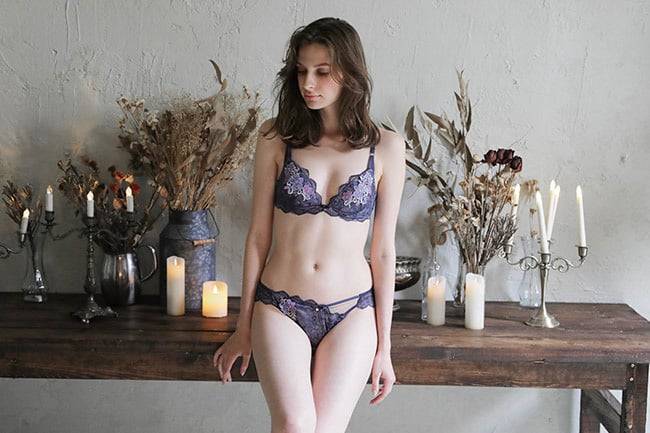After decades of those with large busts finding it nearly impossible to find attractive let alone comfortable underwear, major Japanese manufacturers finally got the message that not catering to a wide group of women was an affront to all.
It is a curious double standard that people rarely hold fashion designers responsible for alienating women whose breasts won’t fit into dresses, but they do with underwear. The need for validation at an intimate level strikes a personal chord, and together with Japanese bust sizes being on the increase due to changes in diet, this was a relatively natural shift in the market.
What got left out of this conversation was women toward the smaller side, largely because it is possible to wear a bra that is too big whereas the reverse is not true. A handful of brands like Feast Lingerie popped up in the last decade trying to fill the A and AA cup niche, and, to be fair, some highstreet names like Risa Magli and Wacoal’s subsidiary Une Nana Cool have started to include in their lineups both smaller cups as well as the all-important slimmer underbust measurements.

















With your current subscription plan you can comment on stories. However, before writing your first comment, please create a display name in the Profile section of your subscriber account page.